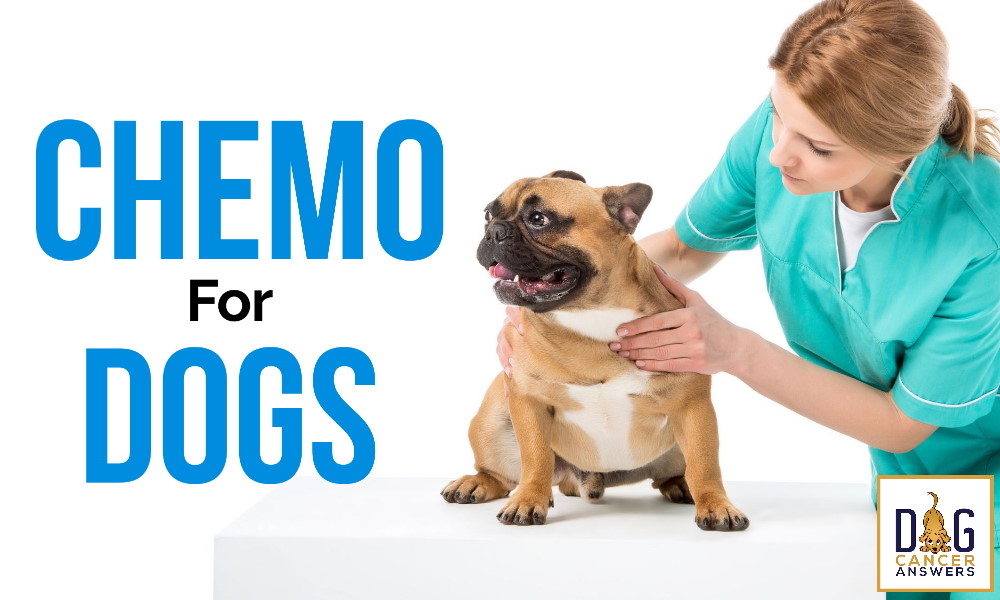Dogs with internal hemangiosarcoma without treatment might die sooner. Selective breeding of dogs.
 Chemotherapy For Dogs Demystified Dr Sue Ettinger Deep Dive Dog Cancer Answers Podcast
Chemotherapy For Dogs Demystified Dr Sue Ettinger Deep Dive Dog Cancer Answers Podcast
These signs are often dramatic and can be a clear indicator that euthanasia should be considered.

Can dogs die from chemotherapy. Probably within one to 2 weeks of diagnosis. The location and the facility have a lot to do with the price. Chemotherapy procedures range in price from a.
However this is not the same for all dogs. It is estimated that 1 in 3 domestic dogs will develop cancer which is the same incidence of cancer among humans. As a result neutropenia may occur seven to ten days after chemotherapy.
Some topical preparations can cause fatal effects when a cat or dog chews on a small one-ounce tube. According to the authors of the study by Public Health England and Cancer Research UK patients dying within 30 days after beginning treatment with chemotherapy are unlikely to have gained the survival or palliative benefits of the treatment and in view of the side-effects sometimes causedare more likely to have suffered harm. Dogs can develop carcinomas of epithelial cells and organs sarcomas of connective tissues and bones and lymphomas or leukemias of the circulatory system.
The appearance of these side effects is influenced by other factors such as the breed of dog as it may hinder the metabolism of certain drugs if it suffers from other diseases or if they are taking other medications. The most serious side effect of chemotherapy in dogs is. Most chemotherapy drugs clear the system through the urinary andor intestinal tract within 48 to 72 hours of administration.
Sheafor most dogs who receive chemotherapy experience no side effects. It all depends on the chemotherapeutic medication type dose and if its a dog or cat. The cost of chemotherapy for dogs can vary significantly depending on several factors.
However your dog to fight off infection is impaired by neutropenia. Many chemotherapeutic agents impair the bone marrows ability to produce cells. When side effects do occur the oncologist can make adjustments to the chemotherapy protocol to stop the.
Cancer is the leading cause of death in dogs. Dog Hair Loss as a Chemotherapy Side Effect Dogs with short or wiry hair are particular susceptible to hair follicle damage as a result of chemotherapy. Administering oral medications at home or through exposure to urinefecesvomit from pets that previously received treatment.
When dogs are given chemotherapy only 5 show negative side effects. As with humans being treated with chemotherapy people and pets are not thought to be at risk from living and interacting with a chemotherapy-treated dog. While undergoing chemotherapy pets may exhibit vomiting diarrhea or a decreased appetite.
Difficulty catching their breath. While this damage is generally not permanent it may cause your pet some discomfort and disrupt his appearance. Owners can come into contact with chemotherapy by direct handling of drugs eg.
The most common side effects of chemotherapy in dogs include. Dogs can develop a variety of cancers and most are very similar to those found in humans. Be aware of signs of pain discomfort and distress in your dog.
The hair follicles become damaged and smaller and end up shedding the hairs off. The type of cancer can change the cost of the procedure as well. According to Dr.
However some drugs cause these signs immediately. I have had family members get chemo and we have all seen it on TV but happily its not like that for dogs. These include type and stage of cancer the exact chemotherapytreatment.
And about 15-20 will have mild to moderate side effects. The duration of excretion of chemotherapy has not been established for most drugs in veterinary medicine. Chemotherapy can affect the lining of the intestines which causes diarrhea and vomiting and a significant decrease in appetite.
Today we will discuss how you can help identify and manage GI related side effects after chemotherapy treatment. Neutropenia alone is not a danger to your dog. Many factors influence a dogs chances of survival after a cancer diagnosis.
Approximately 80 of dogs do not have side effects at all. In fact dogs that received surgery and chemotherapy died within a year. Symptoms have also been reported from dogs and cats chewing on the IV fluid line while the owner receives treatment at home.
Or wide and deep breaths that appear to be labored. Most patients will experience these side effects three to five days after chemotherapy has been administered.